|
In the spring of 2016, Transparent Fish Fund field visit volunteer John Kieu visited the floating community that lives around Tonle Sap Lake in Cambodia. He reported on the floating toilet project we implemented in partnership with Wetland Works and the World Toilet Organization. Before embarking on the journey to the floating villages, I met face to face with Taber of Wetland Works at his office in Phnom Penh. During the meeting, he gave me an overview of the living conditions and climate of the floating communities around the Tonle Sap Lake. According to Taber, there is a huge shortage of water due to drought as a result of climate change. For the past 3 years, rain has been scarce in the region. Because of this, water levels on the lake and connecting rivers have dropped considerably, causing some houses that were floating to now being situated on land. Another effect of drought is the reduction of fish population in the lake. So because of these factors, living conditions on the lake are quite dire. Wetland Works is a team of 5 full time employees and seasonal interns. They contributed the design, labor, and installation for a project to implement floating toilets in 4 schools along the Tonle Sap. To my knowledge, these toilets were given free of charge to the schools as a way to test the effectiveness and ultimately create a market for the toilets. For my trip, I was only able to visit 1 out of the 4 schools due to time constraints and accessibility. My guide was a WW employee named Puthea. He was very kind and seemed to have a great knowledge of the science and engineering behind the toilets as well as the familiarity of the local area. Originally it was supposed to be just me and him going on the trip. But I was able to organize a larger mission trip where members of my school also went. Visiting Yukunthor Primary SchoolWe drove to an area on the outskirts of Kampong Chhnang province in a van owned by my organization. It was about a 3-hour journey. When we got to the site, we had to take a 10-minute boat ride to Yukunthor Primary School in Chhnok Tru commune, Boribou district, Kampong Chhnang province The school has about 200 students and only 4 teachers. Since we went got there on Saturday afternoon, there were no teachers or students at the school for us to talk to. The classrooms were locked so we couldn't see the interior. I did get to check out the toilets that Wetland Works installed. The Yukunthor school had 3 toilets systems installed. Each system consisted of 2 waste tanks, which separated solid waste and liquid waste. And next to the tanks, there were enclosures of hyacinth plants that grew from the mixture of liquid waste and other chemical compounds. Supposedly the plants absorb the bacteria from the liquid waste and excrete clean water back into the ecosystem. Puthea told me that each toilet system costs about $500 in material costs and another $500-$800 in transportation and installation costs. Not included in the material costs are the wooden covers and doors for the latrine area. Based on my observations, Wetland Works has indeed performed the work asked of them for the Yukunthor school. Visiting Phat Sanday Secondary SchoolAfter visiting Yukunthor, we visited another school in the area. This second school is called Phat Sanday secondary school in Phat Sanday commune, Kampong Svay district, Kampong Thom province. This school is not among the 4 in the WTO project, but it did have a toilet system installed by Wetland Works. To get to this school, we had to take 45-minute boat ride from Yukunthor. Along the way, we got to see the vast and expansive network of floating villages and communities. It was a spectacular sight to behold. (Some side information: there is a large Vietnamese population living in this area. We visited a floating house along the way owned by a Vietnamese family. It so happened that the house is a small school that occupies about 50 students. We prayed with them.) When we got to Phat Sanday school, we rested and had lunch at a local contact's house. Puthea stays at this house whenever he has to spend the night in the area. Based on this fact, I concluded that he is very well informed of the area and comes through here to do work quite often. As for the school itself, it was situated on land. Last August, when the toilet system was installed at this school, it was still floating on water. But now, it is situated a good 25 meters away from the water. This is a testament to how much water levels have dropped in the past few years. I couldn't believe it when I saw it: how high on land the school was and to think it used to be on the water. For this school, we got to go inside the classrooms and I snapped some pictures. Again, like before, there were no teachers present for us to talk to. At the back of the school, the toilet system that was installed is no longer active because these systems were designed to function on water. While we were at Phat Sanday secondary school, there was a forest fire. I'm not sure what caused it, but the fire got dangerously close to the school and homes. The entire neighborhood was on high alert as locals had to pump water from the river to fight the flames. Our group tried to do what we could to help out. It was quite a unique and intense experience.
Puthea was great. I saw him helping the locals as best he could. I got the sense that he really cares for this area which adds to my confidence that he's done considerable amount of work here. In conclusion, it was an awesome experience to check out these floating communities and see the work Wetland Works has performed at the 2 schools we visited. Comments are closed.
|
TFISH FUND BLOGWe update news and reports directly from the field written by our NGO partners daily. Top PostsPHOTOS & VIDEOSIN THE NEWSCategories
All
Archives
August 2017
|
|
© Copyright 2011. All rights reserved.
171 Main St. #658 , Los Altos, CA 94022 | [email protected] | 501(c)(3) Tax ID: 45-2885139 |

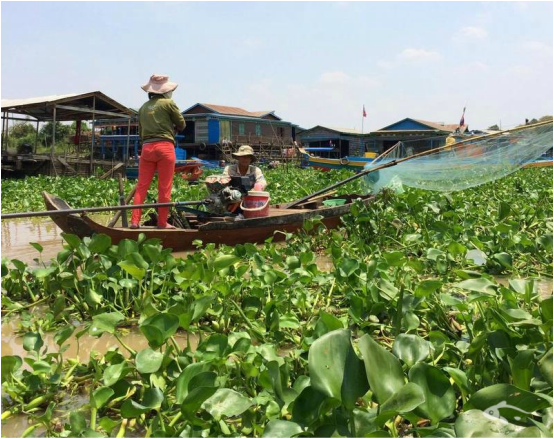
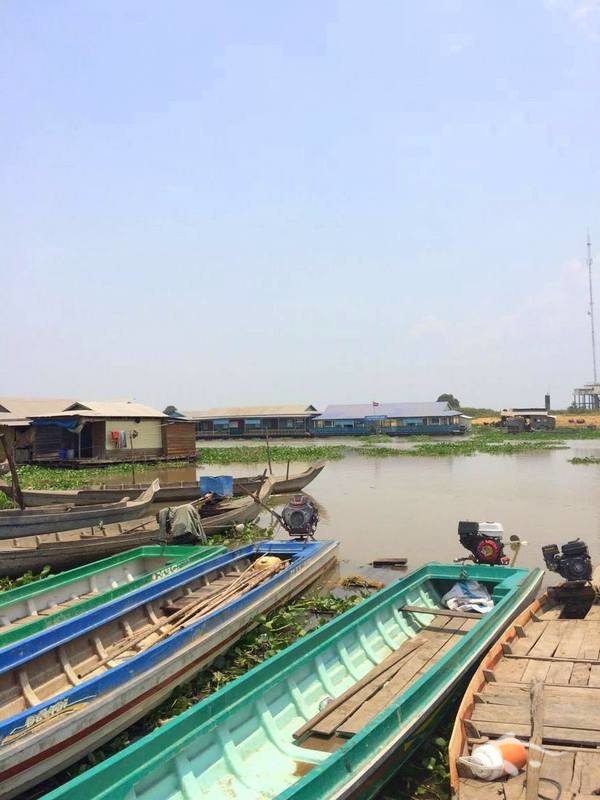
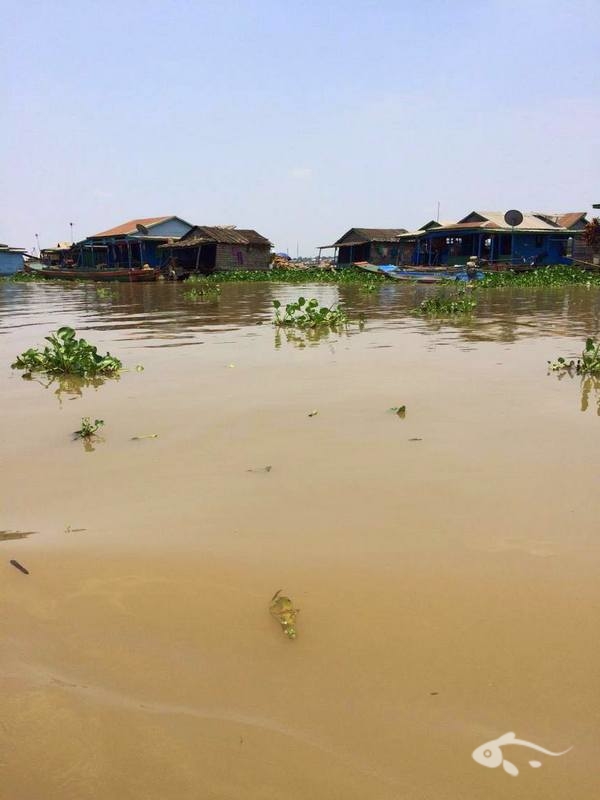
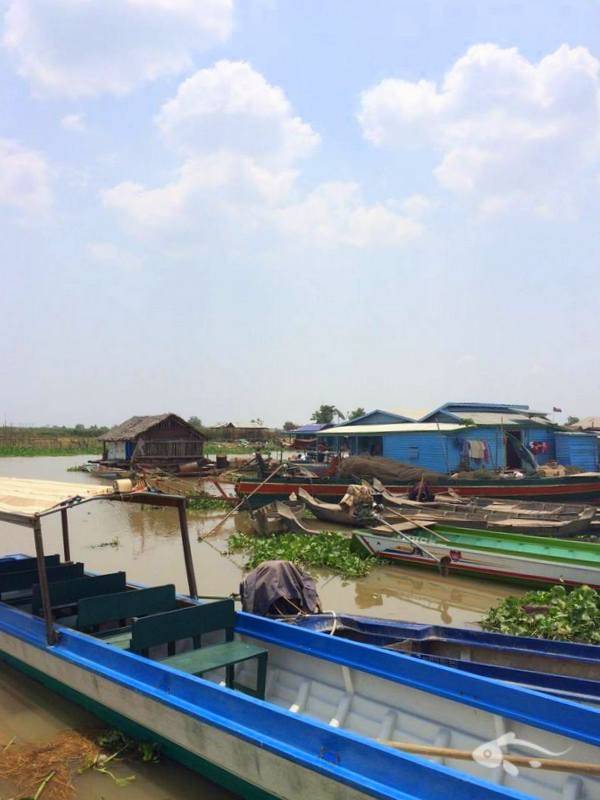
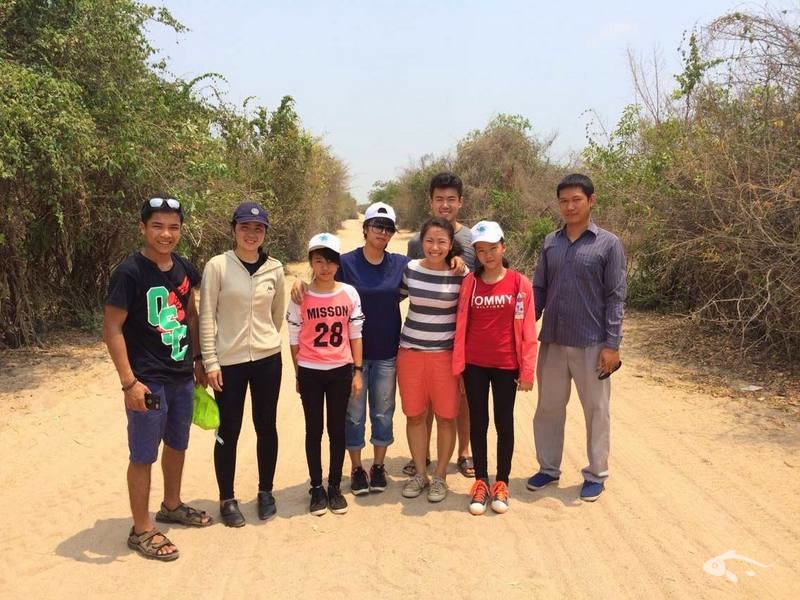
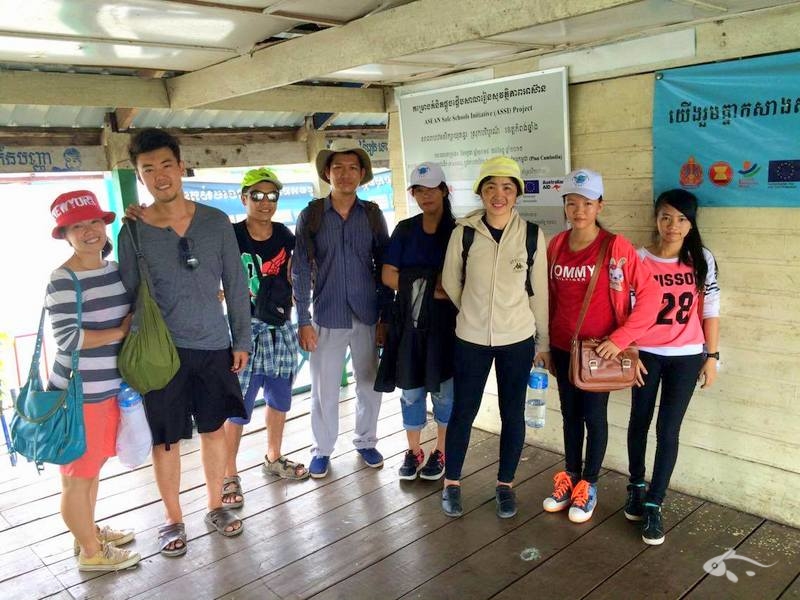
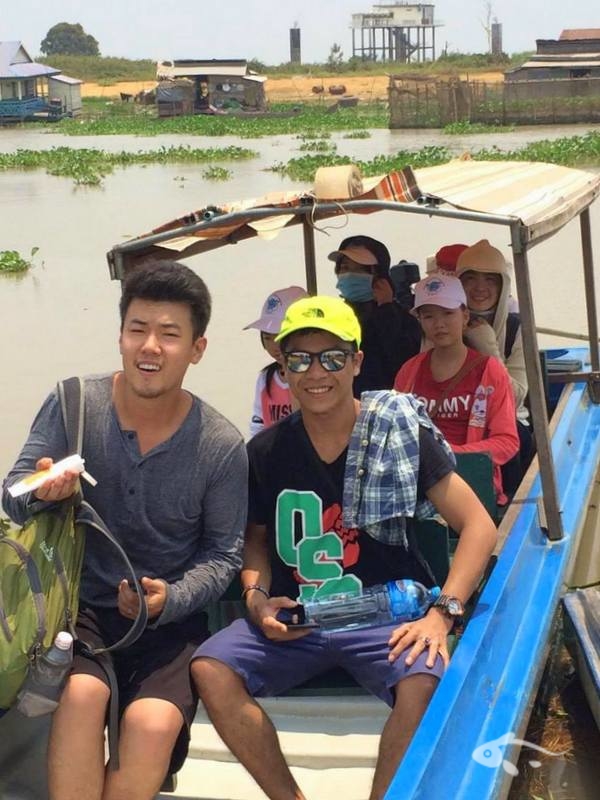
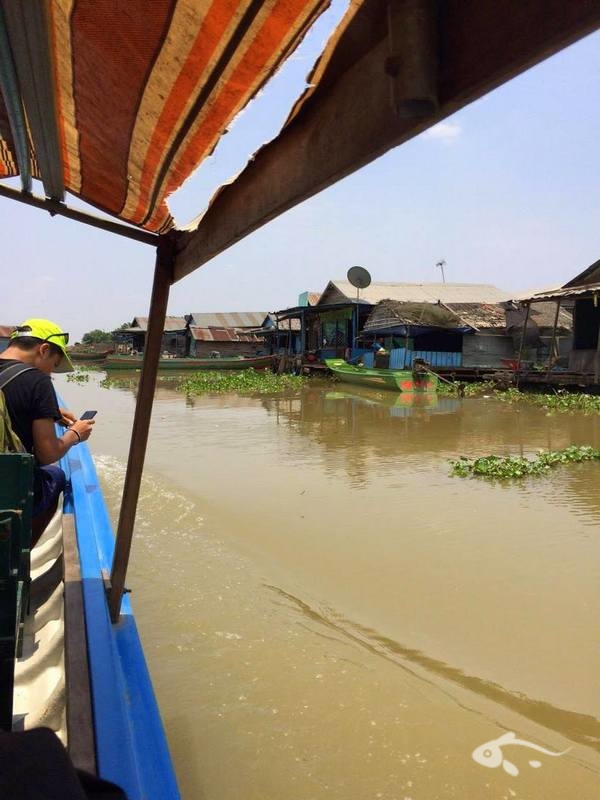
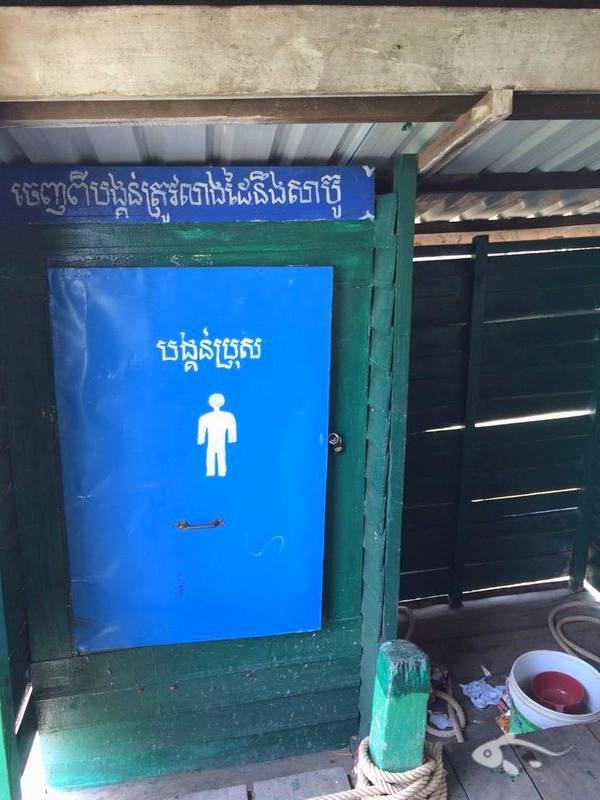
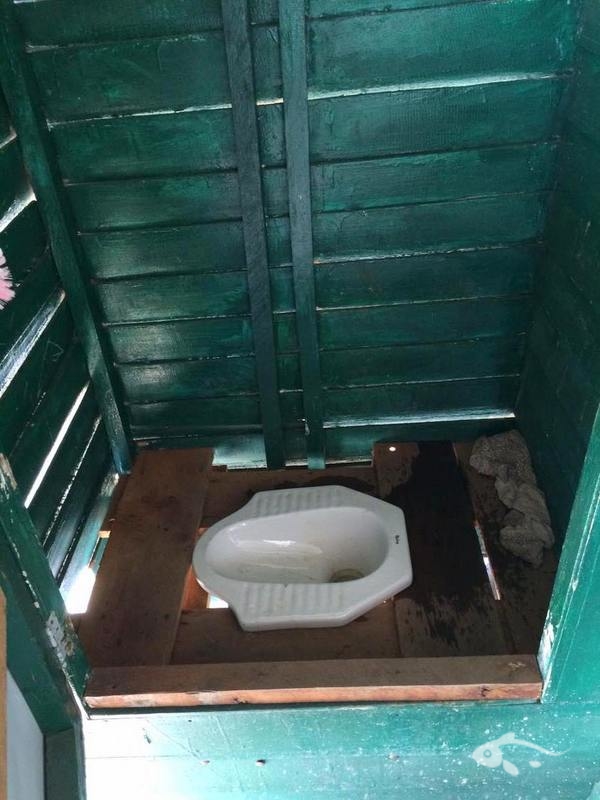
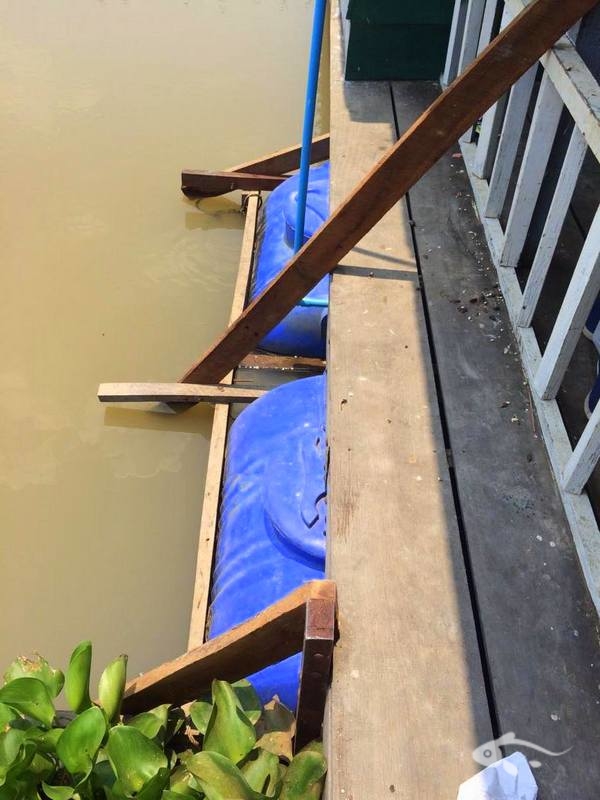
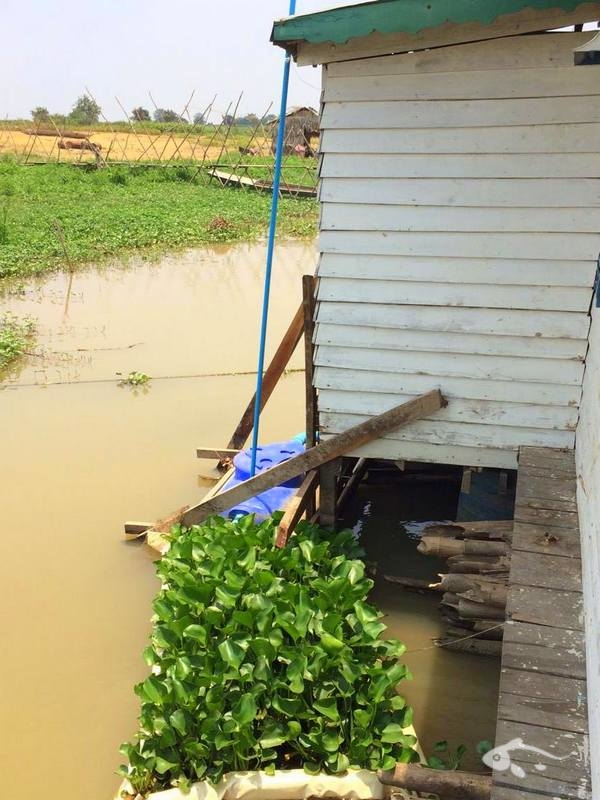
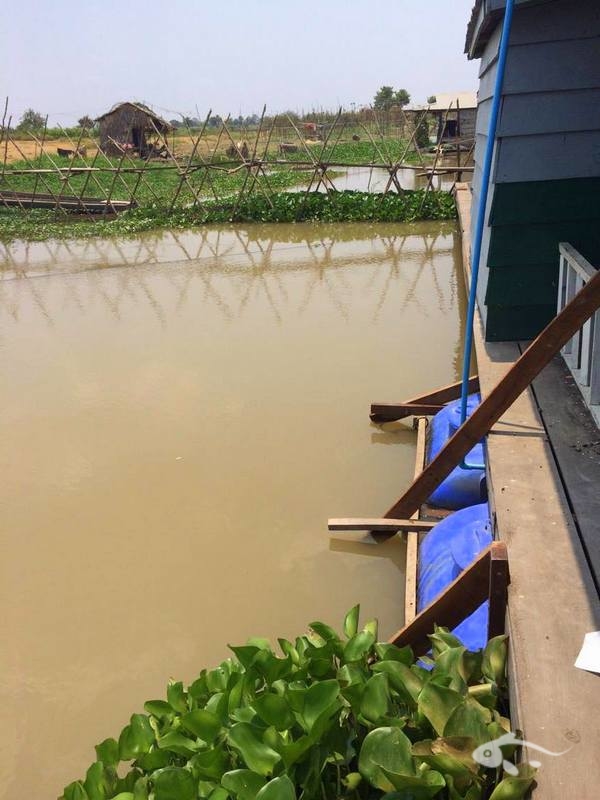
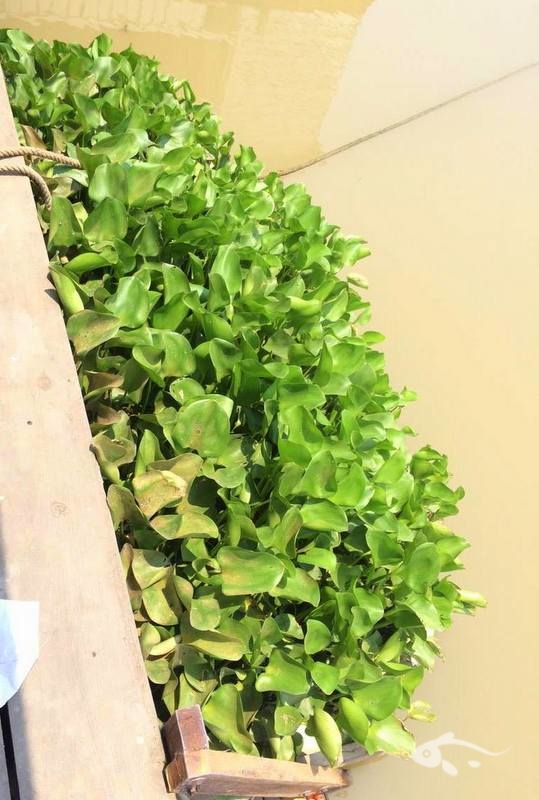
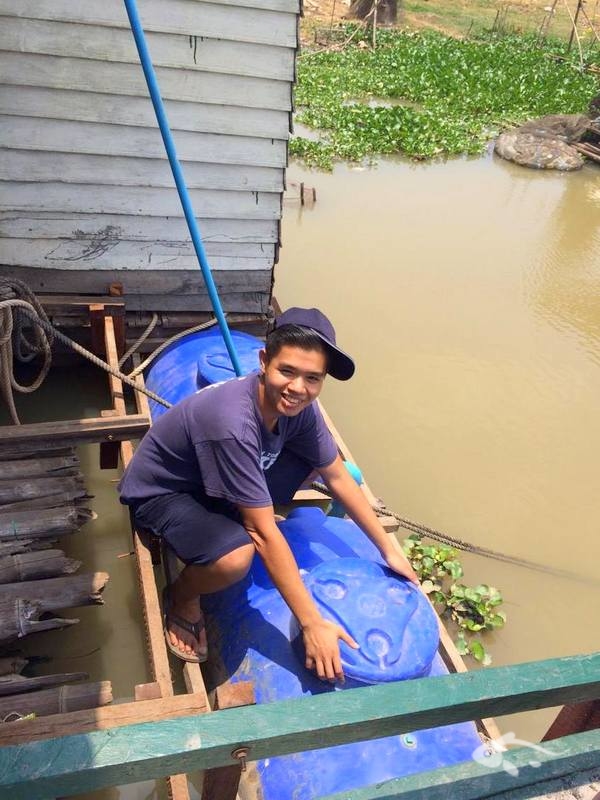
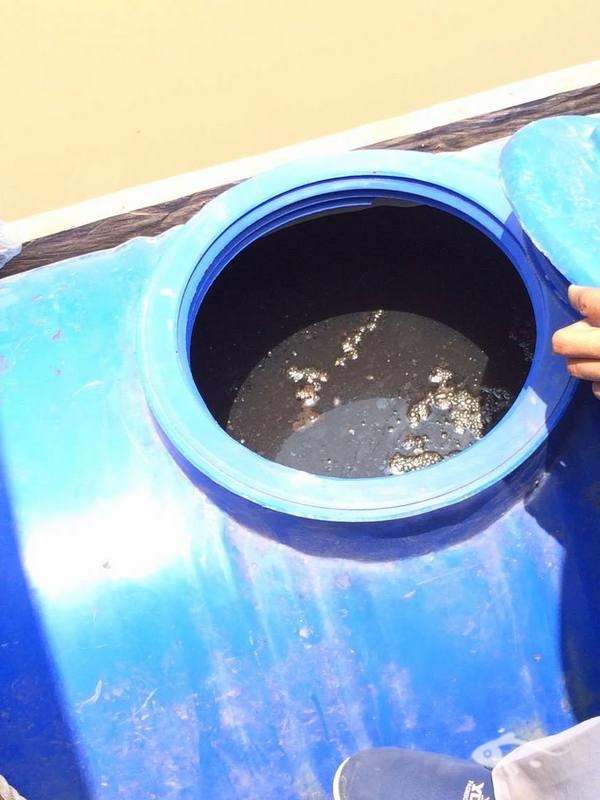
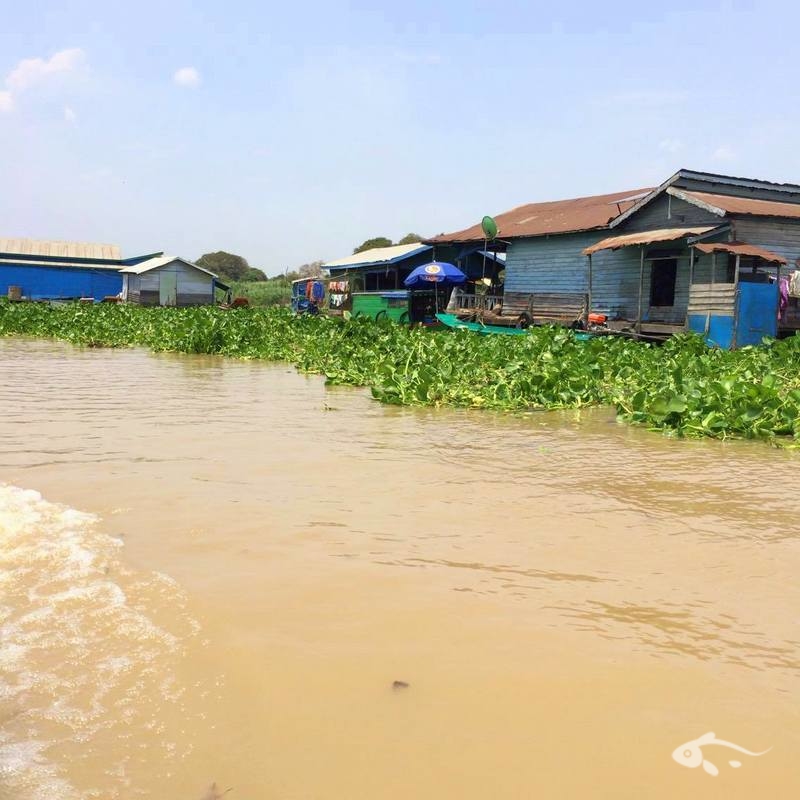
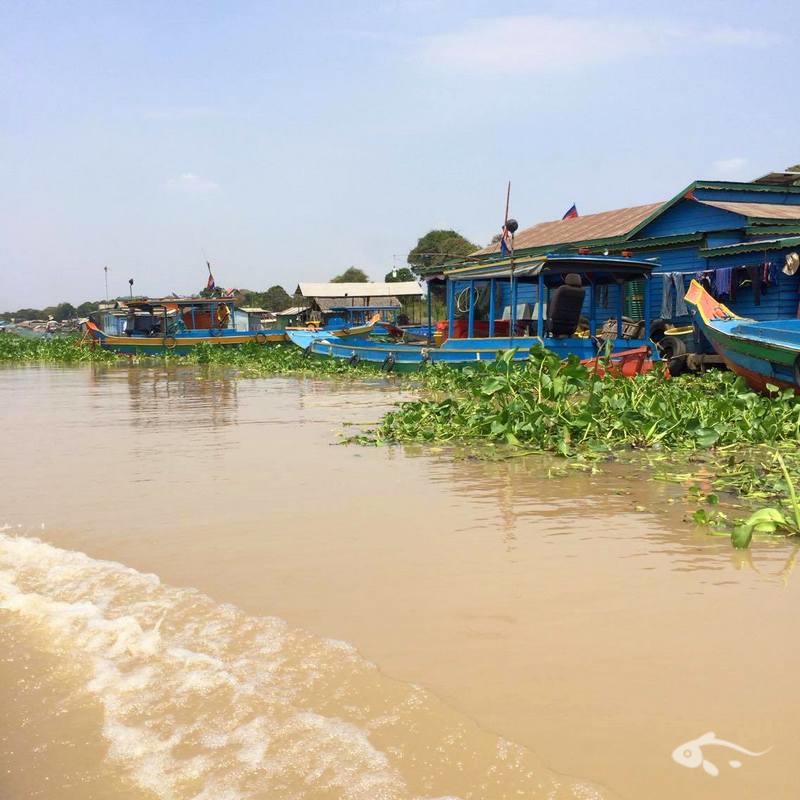
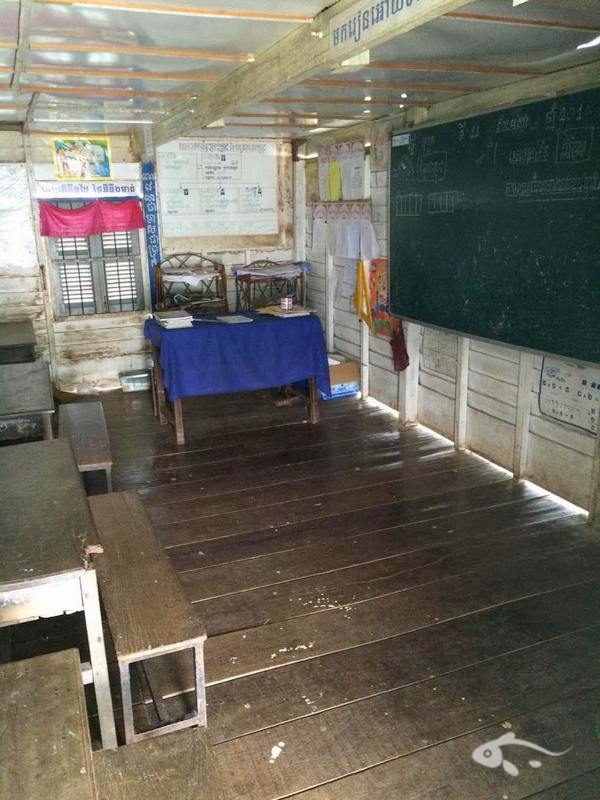
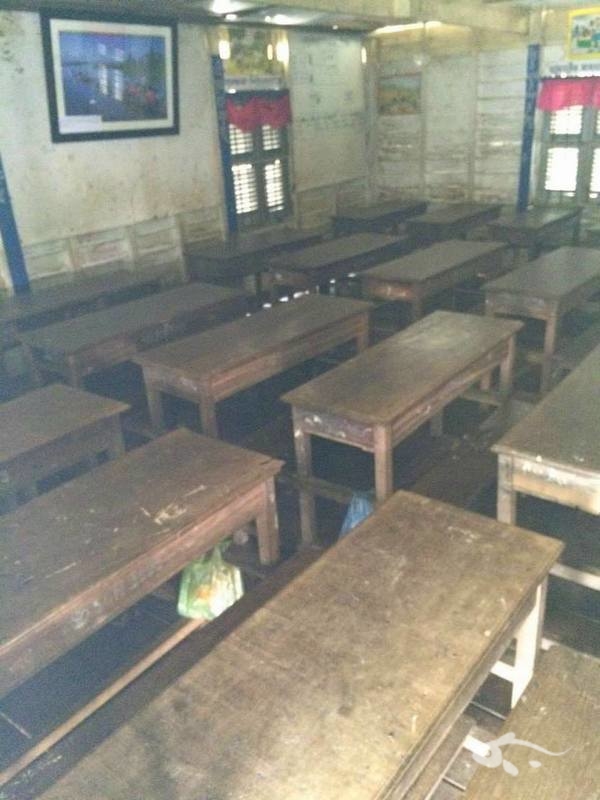
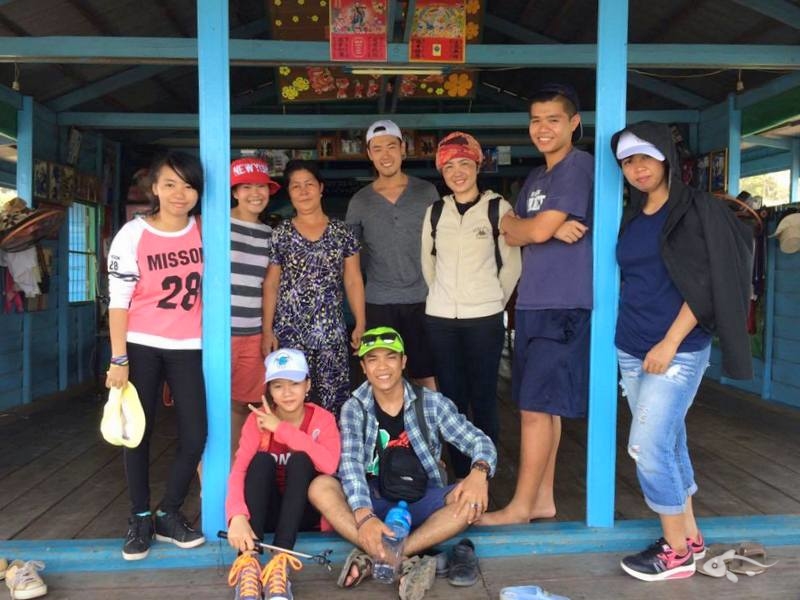

 RSS Feed
RSS Feed